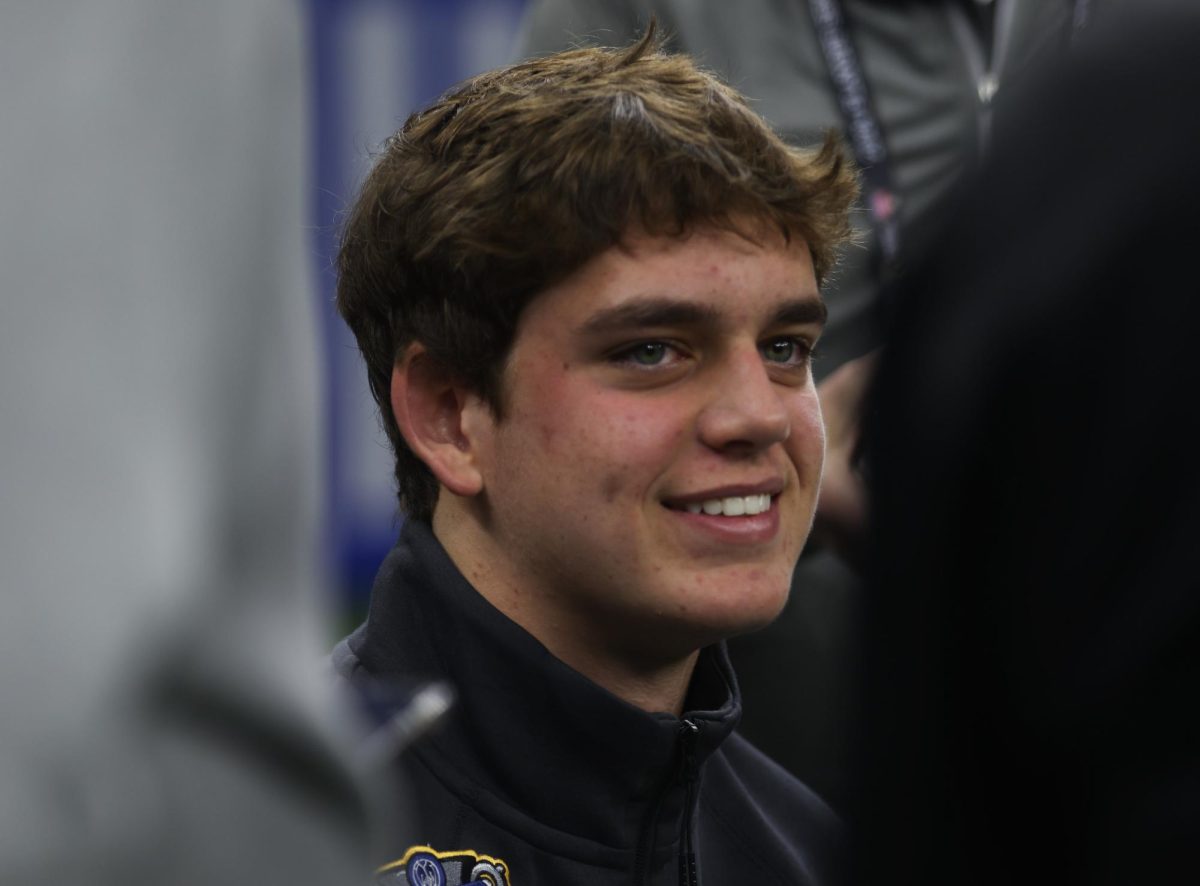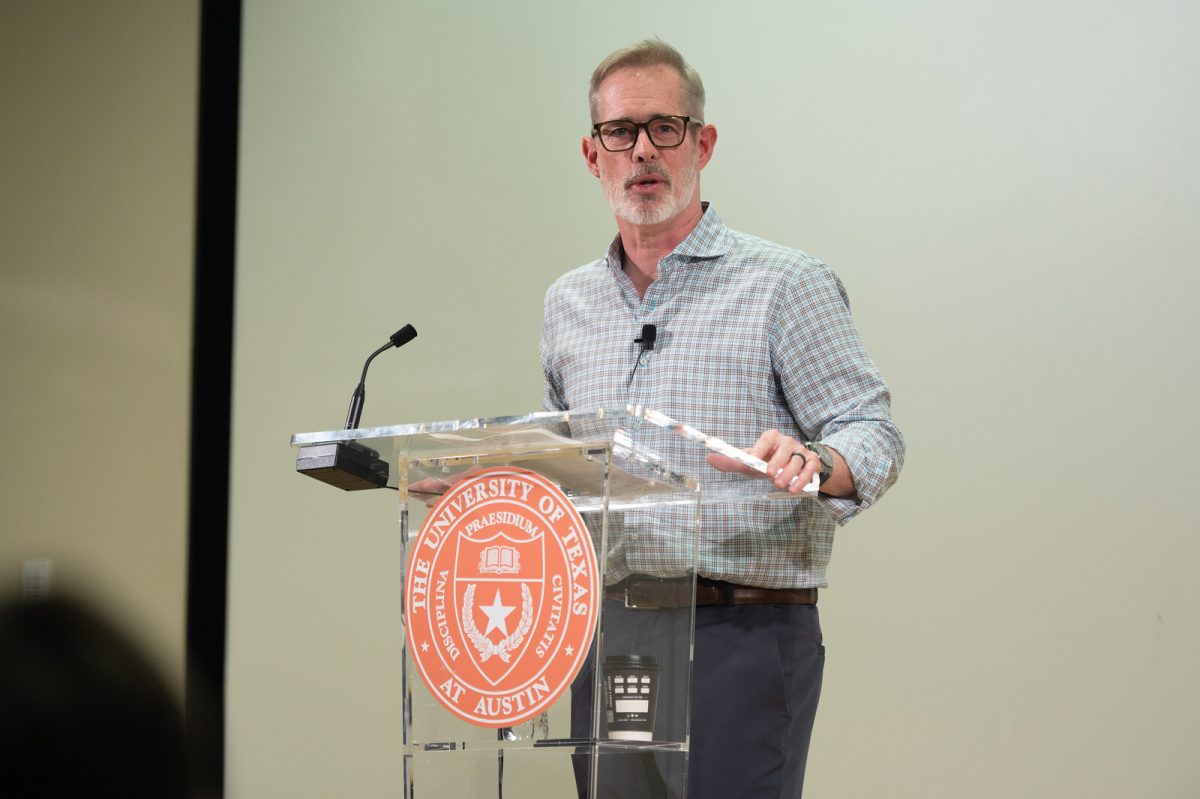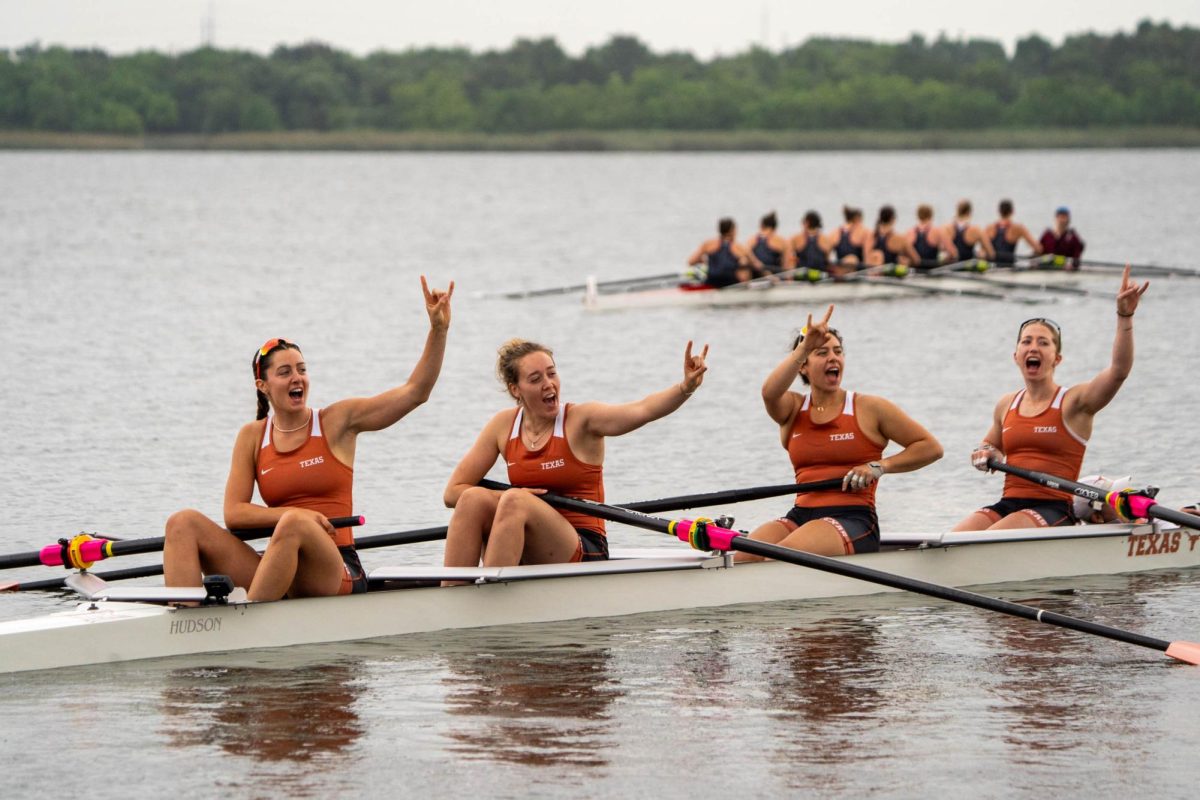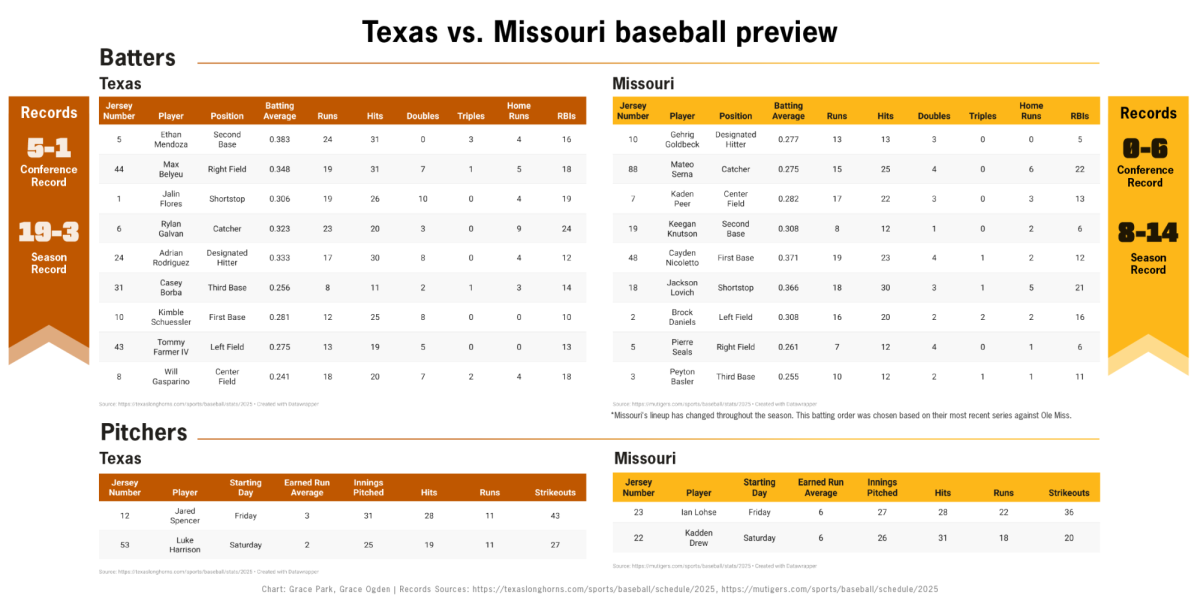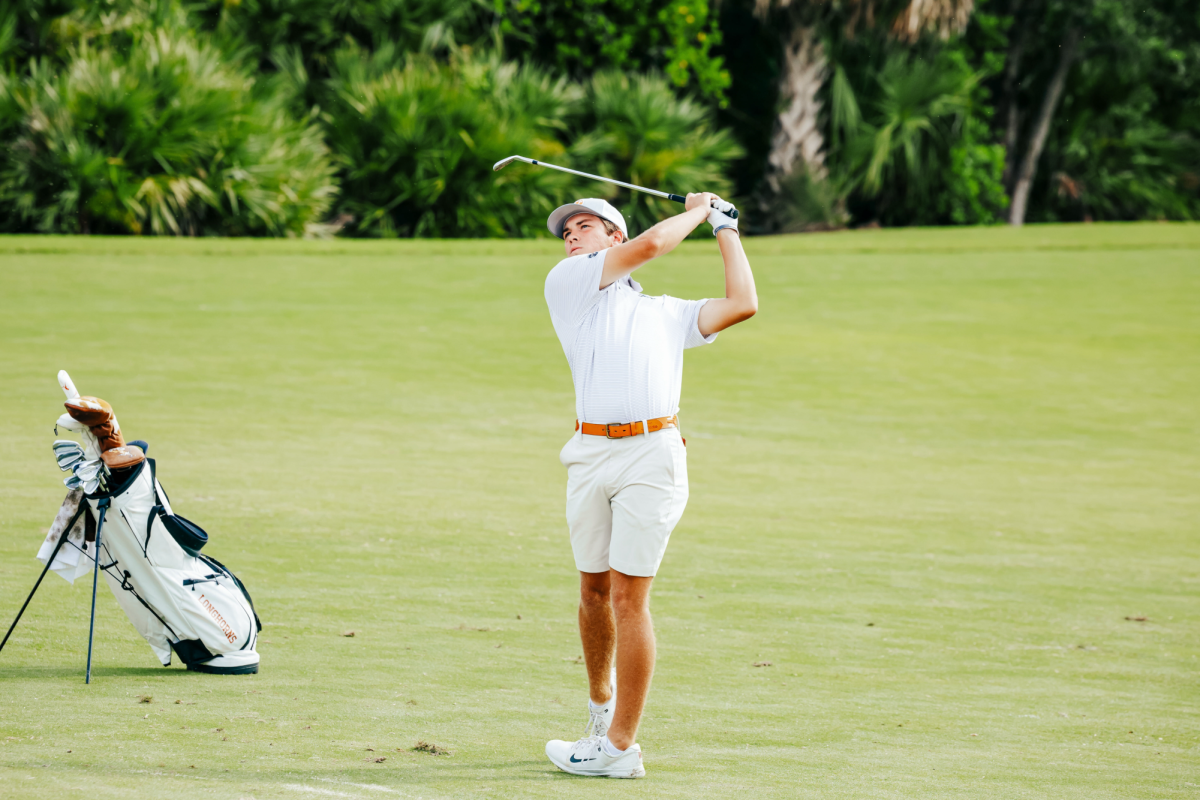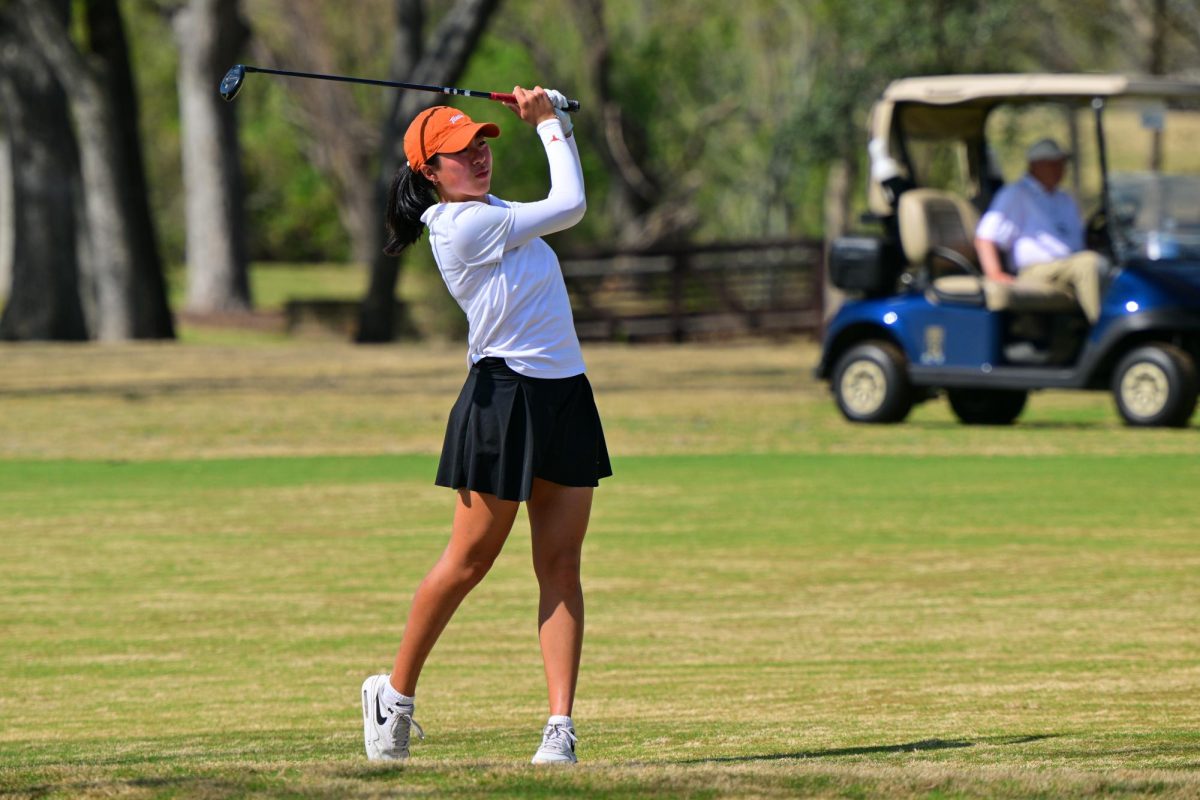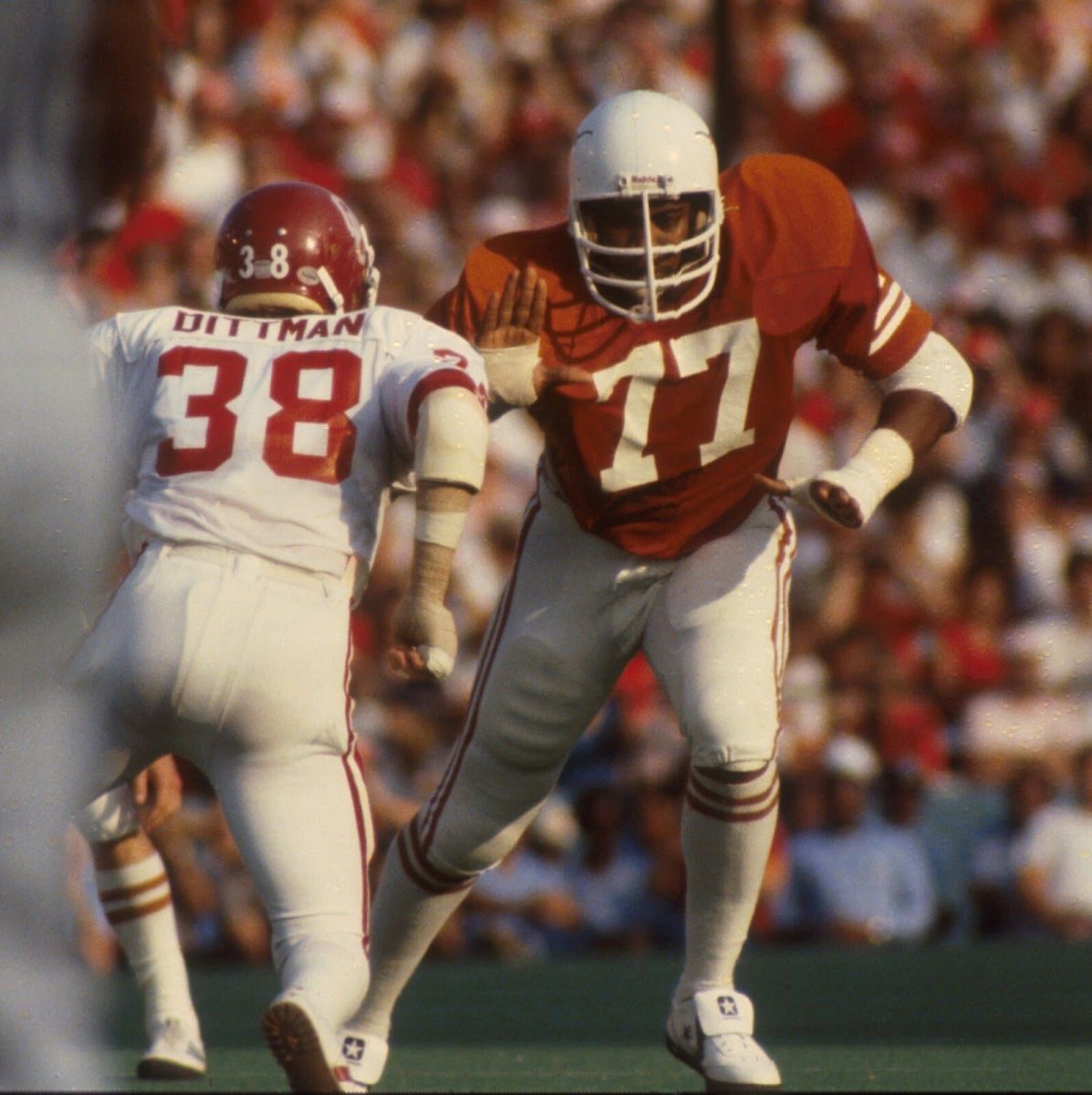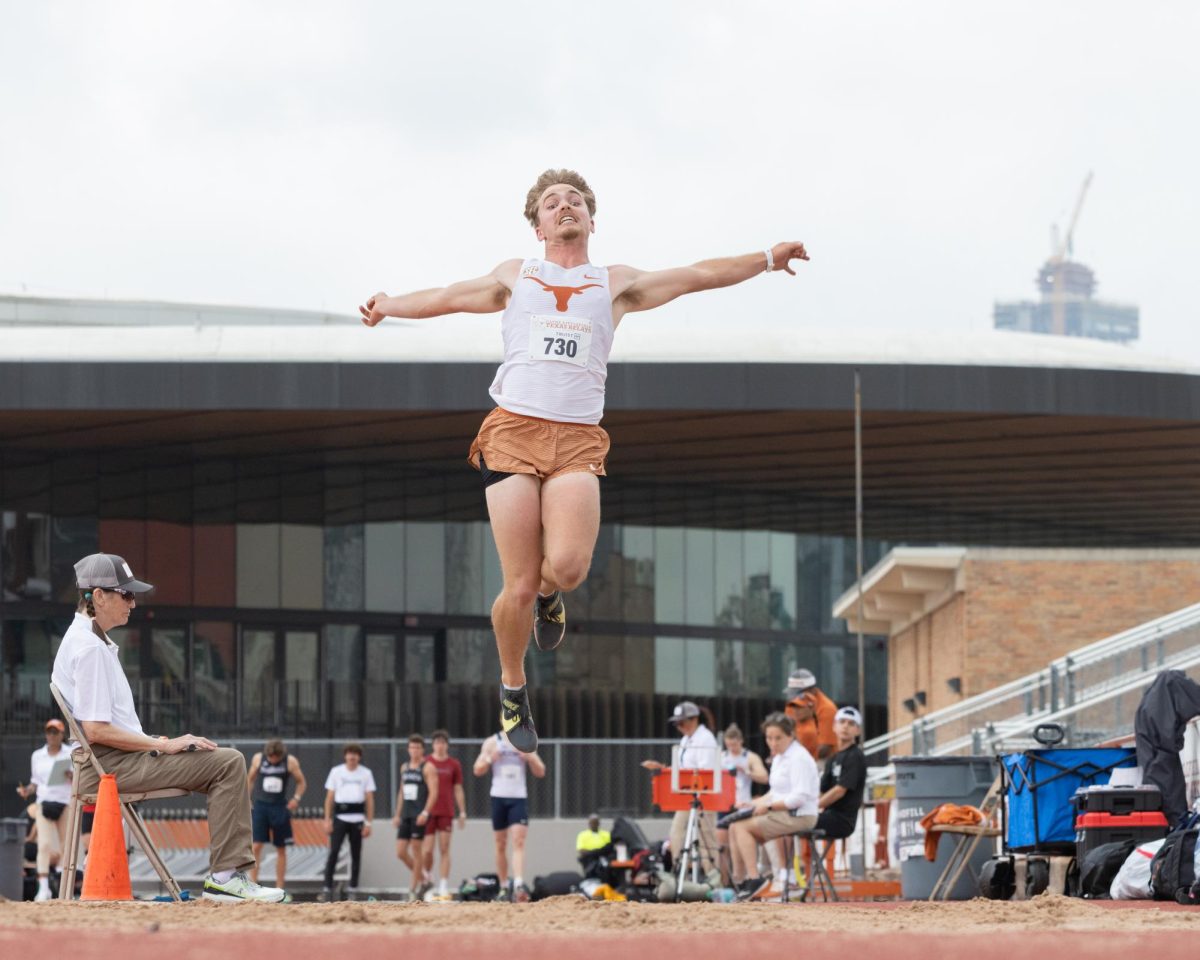On May 23, the NCAA and the Power Five conferences came to a historic settlement, allowing students to be paid by their universities for the first time in college sports history.
This settlement came as a result of three antitrust cases brought against the NCAA: House v. NCAA, Hubbard v. NCAA and Carter v. NCAA. A discussion of this gravity was followed with various repercussions. For a major university such as UT, this new provision may create a drastic change, especially in the recruiting process.
Details of the settlement include that universities will be allotted roughly $20 million per year to be shared with athletes. How this system will work exactly is still up in the air. Currently, athletes have access to NIL activities, allowing them to use their name, image and likeness for advertising or sponsorship of products and services.
According to a report by the Austin Business Journal, Texas athletes made at least $15.5 million two years into the NIL era. Currently, two of the top 10 NIL athletes are Texas quarterbacks Quinn Ewers and Arch Manning. Ewers has a valuation of $1.9 million and Manning has a valuation of $2.8 million, according to a report by Yahoo Sports.
With the new ability to make additional payments to athletes, Texas has a new avenue to pursue in terms of recruiting. As one of the highest-earning athletic programs in the country, the Longhorns already have an appeal to athletes in terms of creating a market for themselves. In 2023, the athletic department brought in over $271 million in revenue, $183 million of which was derived from football operations. With such an emphasis on the football program, it remains to be seen how the $20 million from the school, set aside for direct payment of athletes, will be allocated among different teams within each program.
Whether there will be a system in place to ensure every program receives some of the money meant for athletes is not exactly clear. Still, in the very early stages of development, it is too soon to tell exactly which direction this new settlement will be taken within the University.
“There’s still a lot of work to be done before the settlement is finalized and approved, so it’s a little premature right now to speculate,” said Herb Vincent, the SEC’s associate commissioner of communications.
A judge must approve the settlement before any further steps can be taken. The process will take time as the NCAA and Power Five conferences head into unchartered territory.
“The five autonomy conferences and the NCAA agreeing to settlement terms is an important step in the continuing reform of college sports that will provide benefits to student-athletes and provide clarity in college athletics across all divisions for years to come,” the SEC said in a statement on the settlement.
As one of the strongest programs in the country financially, the system Texas devises to distribute money among athletes may be a difficult process and one that drastically affects the ever-changing landscape of the school’s athletic program.

